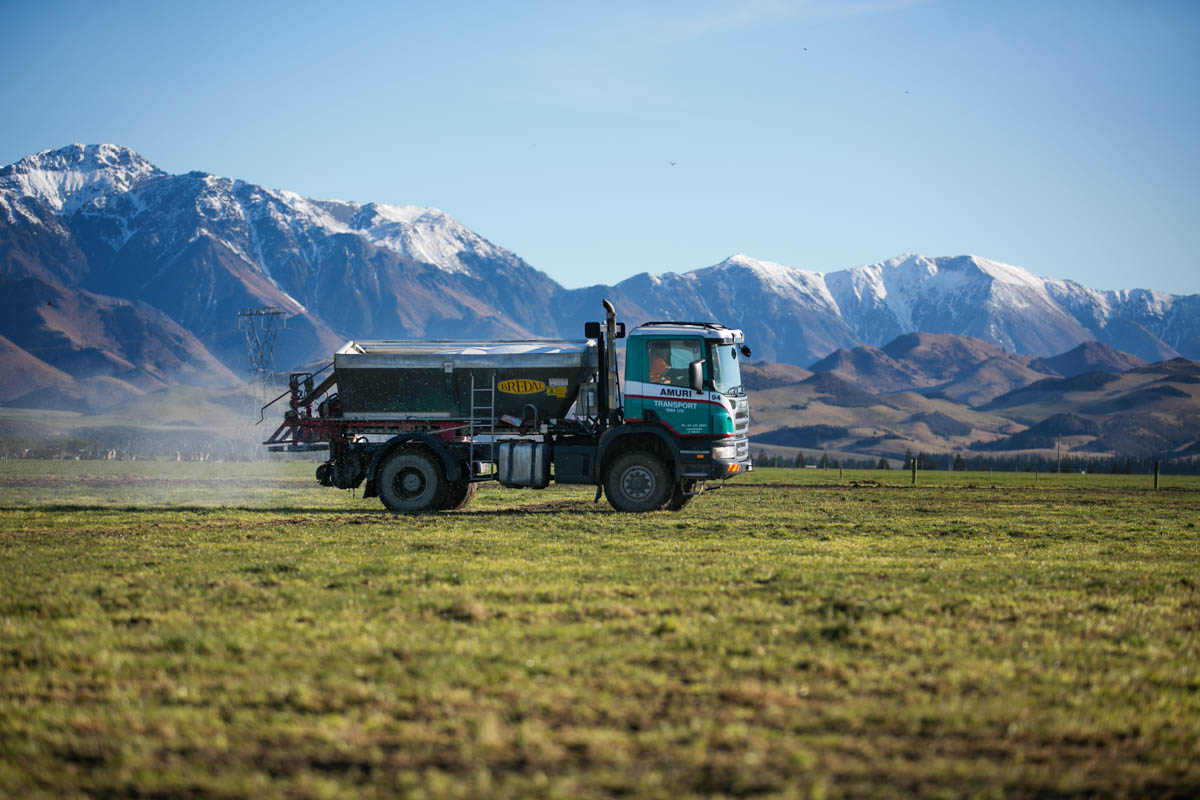Combination round baler-wrappers are relatively complex bits of kit that can give trouble when they begin to age. Our British writer Nick Fone gets some expert advice on what to look out for when buying a second-hand machine.
While baler-wrapper combinations are mainly the preserve of contractors and large-scale farming businesses when brand-new, they’re significantly more affordable when they’ve done a few seasons’ work.
Somerset-based baler specialist Marcus Pearce takes us through some of the key things to think about when you’re looking at buying a used baler-wrapper.
Fixed or variable chamber baler?
While the first is generally a simpler machine, being able to alter bale size provides flexibility if you’re planning on producing bales for different farms or you want to switch sizes when swapping from silage to straw.
The downside is that the belts on variable chamber balers are susceptible to damage and can take a whole day of workshop time to change. (Welgers tend to be the most straightforward for this job.)
Inevitably destined primarily for silage work, most combination machines will come with a bank of knives to chop grass and a drop floor to deal with stuff-ups at the pick-up. It’s worth paying attention to the number of knives on the baler to ascertain theoretical chop lengths and whether it’s possible to engage just half the bank to generate a longer fibre mix. Also check how they’re protected from damage, especially if you’re going to be working in a stony area.
Does it work?
Don’t even consider a machine unless you can see it hitched up to a tractor with the PTO running and the electronic control box set-up.
All baler-wrapper computers will have the facility to artificially trigger a cycle, lifting the tailgate, the transfer cradle running and the wrapper arms spinning. If there are problems with any part of the process work logically through each of the electronic sensors to check for loose wires or poor connections. While some manufacturers employ simple magnetic sensors, others (such as Claas) use old-school potentiometers which tend to me be more prone to trouble.
Driveline
Pull the PTO shaft off the front of the machine and with a small bar check each of the wide-angle yoke bearings for play. It’s not an overly complex job to sort but with at least eight to change it can be quite a time-consuming task. Inspect the main gearbox for oil leaks. Being 90 degree bevel boxes they can be prone to wear after they’ve done a bit of work. John Deere round balers can knock teeth off the crown wheel and pinion once they’ve clocked 40,000-50,000 bales. With the shaft spinning, check for a clattering sound. Unfortunately replacement gears aren’t available. A new box will take a good day to swap it over.
Pick-up
Most round-baler pick-ups have a cam-track that the tine bars run in to rotate the tines as they come into and out of work. By the nature of the beast there are multiple bearings involved which inevitably have the potential to fail after a few seasons work.
What you might not expect is the cam-track itself to wear but unfortunately this can be an issue – one that McHale machines in particular suffer from. To assess the extent of the problem grab hold of a pick-up tine and pull it back towards its nearest neighbour on the next bar over. Expect a bit of play but when it’s possible to get the tines to touch each other it’s definitely time for a change.
With new bearings expect to put aside a full two days to do the job.
Chopper
The crop-feed rotor is another obvious place to check for bearing play – a gentle bit of pry-bar action will quickly determine their condition.
Check the condition of the knives. Some machines are easier than others to slide the entire bank out and check for damage/wear. Given that it’s possible to have up to 30 blades, it’s worth factoring the cost into any potential deal.
As part of the overall check-over ensure the knives draw fully in and out of work without sticking. If they’re not regularly cycled material can build up between the blades and the back of the bank, potentially jamming them.
Whether a belt baler or a fixed chamber machine, the shafts that surround the main chamber obviously come under a great deal of pressure, particularly as the bale is getting close to its full size.
Over time this inevitably takes its toll on the bearings they run on.
Lift the rear door and be sure to shut off the tap for the hydraulics to avoid getting imprisoned in the chamber. Get in among the rollers with a pry-bar and check each for excessive play. Expect a little rotational movement (there’s always a bit of slack in the chain-and-sprocket drives). For some reason Welgers tend to get through more bearings than other colour machines but they’re generally relatively straightforward to change.
Also check the shafts themselves for any signs of fatigue at the point where they enter the bearing. Difficult to spot, cracks can develop over time and often the first thing you’ll know about it is that they’re sheared off completely in work. It’s an issue that Claas Rollants suffer in particular.
Chains and sprockets
Flip up the side panels of the machine and study each sprocket for wear. At the same time you can assess chain tension. If they’ve been allowed to run slack that’s a pretty good indicator of the overall maintenance that the baler has received during its working life.
Oilers and greasers
Different brands of baler have different systems to drip-feed oil on to the chains but it’s worth checking they’re working. Claas employs a simple plunger pump that operates each time the tailgate opens and shuts while McHale uses an electric rotary pump. Auto-greasers tend to be electronic.
If their operation is in doubt, crack off one of the hose unions and make sure there’s a good dose of lube each time the system cycles. In the same vein check for leaks in the plumbing. If fluid is escaping in one place it’ll tend to gravitate that way as the point of least resistance and it’s likely that the critical bits haven’t been getting what they deserve.
Use the oil and grease that the manufacturers specify. Chainsaw-type anti-fling oil for the chains generally and lithium moly grease.
Net application
All modern round balers tend to use electronic clutches to activate the net feed and tensioning systems. Check the belts that run them – with spring tensioners they’ll generally need changing every couple of seasons.
Net cut-off is often triggered by a bill-hook that rises up and down on some sort of rotating shaft. On Claas balers the billhook wears.
If there are ever any issues on a McHale it is generally down to wear in the small knurled sprocket-driven shaft that the billhook runs up and down on to trip the net cutter blade.
John Deere, Claas and Welger baler-wrappers are all prone to having issues with the systems they use to shift the bale from the open tailgate up on to the wrapper table. Generally any issues tend to be electronics-related. Diagnosis typically requires prompting a run through cycle via the control box and then working through the various sensors around the rear-end of the machine.
Fusions fitted with transfer rollers rarely have issues in this department, thanks to the simplicity of their electronic system. Older machines without them can have them retro-fitted which is a simple job.
Wrapper
The only certain way to identify issues with the wrapper bale is to run it through a complete cycle. Generally problems arise as a result of electrical and sensor faults. It’s typically a process of elimination to track them down.
Safety switches on the satellite arms are a common cause of grief – if any one of them is playing up it’ll freeze the whole system.
Check the wrapper arm bearings for play. Expect a bit of slack but don’t let it go too far. They’re generally easy to change and don’t cost a huge amount.
Film break sensors on McHale wrappers will eventually give up over time.
Choppers – rotor-cutter knife banks will generally add £1500-£2000 (NZ$2835-$3780) to the value of any round-baler, selectable half-knives a further NZ$945.
Wide tyres – standard tyres are typically 500mm wide. 550s or 620s will add $945-$1323.
Side-tip kits – wrappers capable of tipping bales in their ends (cotton-reel) as they leave the table will tend to command a $945-$1134 premium over standard variants
Auto-lube – while auto-oilers are generally a standard feature for chains and sprockets, auto-greasing systems are often optional on a new machine – they’ll add $378-$756.
Wrappers – as a general rule of thumb, a combined baler-wrapper should command a premium of $9450-$11,340 over a straight round baler – obviously this will depend on age, condition, etc…




